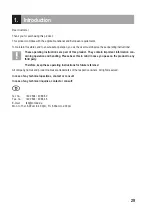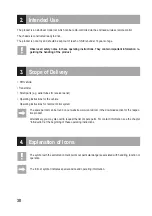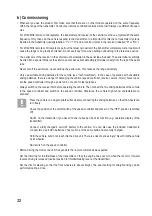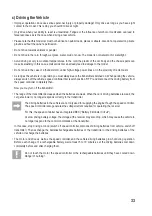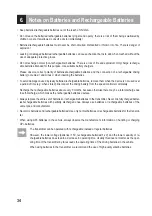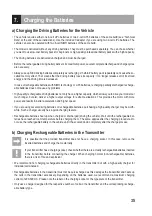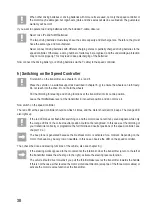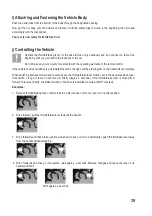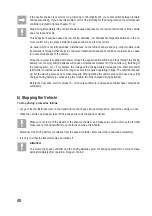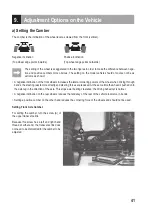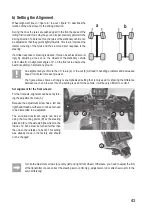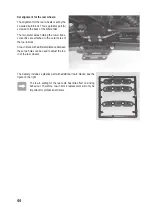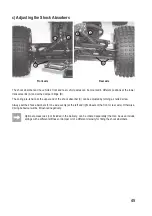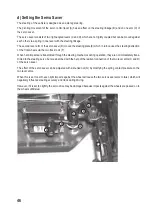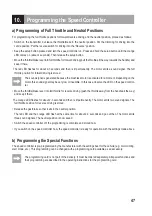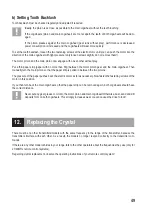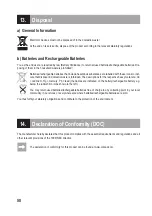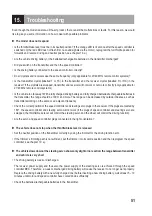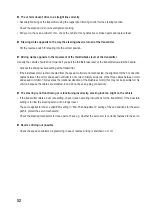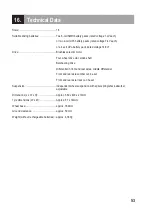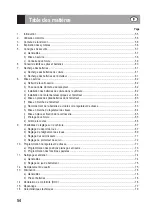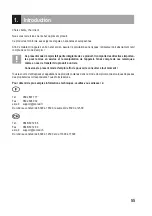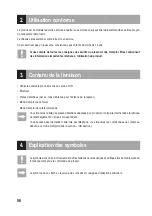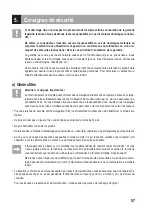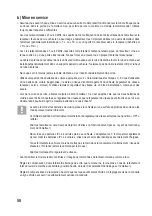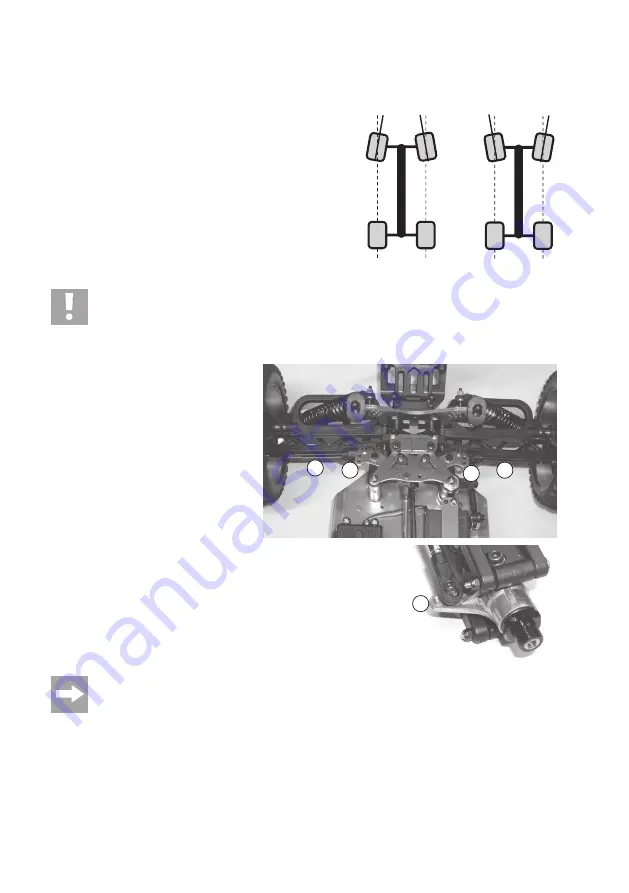
43
b) Setting the Alignment
Wheel alignment (toe-in = figure “a”, toe-out = figure “b”) describes the
relation of the wheel level to the driving direction.
During the drive the tyres are pushed apart in the front because of the
rolling friction and this is why they are no longer precisely parallel to the
driving direction. To balance this, the tyres of the stationary vehicle can
be adjusted so that they point slightly inwards. This toe-in improves the
lateral cornering of the tyres and thus a more direct response to the
steering.
If a milder response to steering is desired, this can be achieved accord-
ingly by adjusting a toe-out, i.e. the wheels of the stationary vehicle
point outward. An alignment angle of 0° on the front axle ensures the
best driveability on almost any ground.
An alignment angle of more than 3° toe-in (a) or toe-out (b) will lead to handling problems and decreased
speed. It will also increase tyre wear.
The figure above shows a strongly over-emphasised setting that is only used for showing the difference
between toe-in and toe-out. If such a setting is used for the vehicle, it will be very difficult to control!
Set alignment for the front wheels:
For the front axle, alignment can be set by turn-
ing the adjustment screw (A).
Because the adjustment screw has a left and
right hand thread at either end, it does not need
to be dismantled to be adjusted
The so-called Ackermann angle can be set
using the mounting points (B) at the steering
plate and (C) at the axle stub (the wheel on the
inside of a bend must be turned further than
the one on the outside of a bend). This setting
was already made in the factory and should
not be changed.
Turn both adjustment screws (A) evenly (left and right front wheel). Otherwise, you need to adjust the trim
of the transmitter or even correct the steering servo control (e.g. adjust servo rod or attach servo arm to the
servo differently).
A
¦ ¦
a
b
B
A
B
C
Содержание 237852
Страница 106: ...106 ...
Страница 107: ...107 ...

